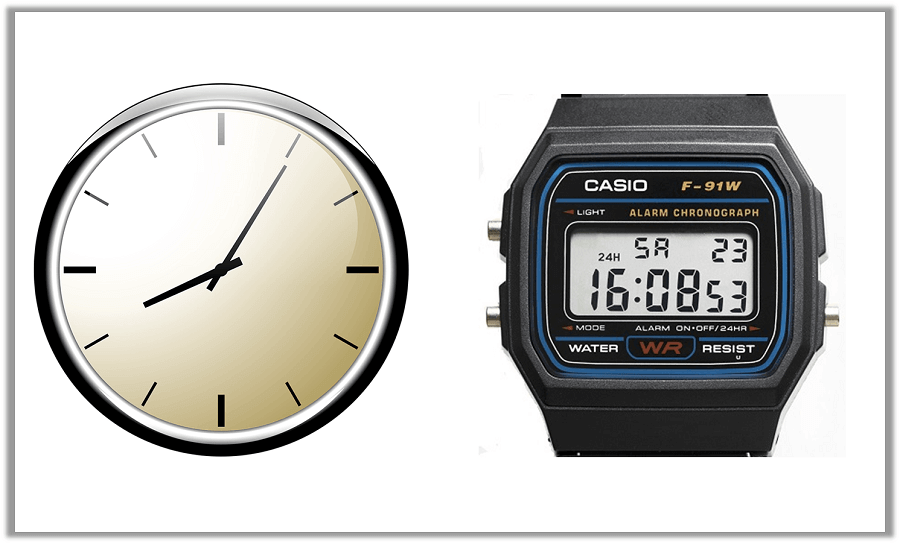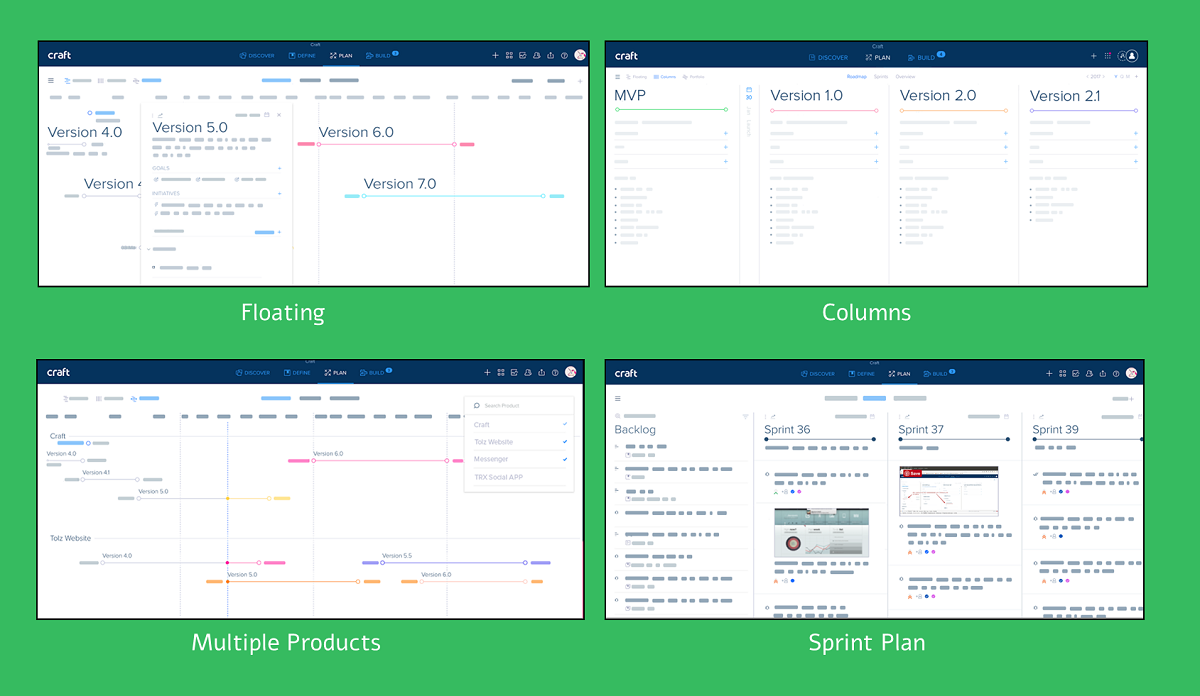Home > Blog > Why Visual Product Roadmaps are no Longer Nice
Why Visual Product Roadmaps are no Longer Nice

While the trend of product roadmaps is slowly spreading throughout the industry, I still come across numerous product managers who are content with roadmaps in Excel spreadsheets (no way!) or the team’s calendars. I even talked to a guy who manages his entire product roadmap on Google Keep.
On one hand, I have the most profound respect for product managers navigating the tricky terrain of countless software solutions used by different teams, that all need to come together eventually. I really do believe in “if it ain’t broke, don’t fix it”and am a great admirer of product managers’ ingenuity when it comes to carving out a functioning workflow.
On the other hand, the more I talk to Craft customers, and the more I encounter different challenges in roadmaps – the more I become convinced that none-graphic representations of product roadmaps actively cause more damage than good to the product, the team, and the process.
The reasons for that are surprisingly few, but each has a powerful impact on the shape a product may take and success of a team.
The human brain processes visual information (way) faster than text
60,000 times faster, in fact. Visual communication is infinitely more effective for conveying data in everyday conditions (meaning, not a situation in which 3 mathematicians in a room together are solving advanced string theory equations). As part of our survival mechanism, the human brain is designed to allocate many more resources to registering visuals rather than text. If you think about it, the ability to read is fairly new, in evolutionary terms, and not imprinted as a natural instinct.
My favorite example is that of analog watch Vs. digital watch. Indulge yourself this short experiment: take a quick glance at each of the watches and try to recall what time it says.

You probably captured a mental image of the shape formed by the analog watch hands. Those images convert to data (hour:minutes) much more quickly than having to process the many digits in the digital watch. Given the elusive abstract nature of time, specifically – it many relate more easily to shapes and forms, whereas numbers and text tend to invoke the structured in us. But I digress.
The bottom line is this: humans, and that includes members of product teams, register data more quickly when delivered visually. This saves time on communicating the roadmap, but that’s not all.
When you work with a changing visual representation of data over time, the changes become visible more quickly. Once you have a metal “photograph” of the image, the nuanced changes jump out instantly. Over time, this is methodology is more intuitive, less taxing on the brain than needing to process numbers > convert to time, and so on.
Going all the way with visual product roadmaps
It’s true that visual roadmaps can also be a manually designed PowerPoint diagram, but visual roadmapping usually refers to an existing tool with existing designed templates, where you only need to enter the data rather than wrestle with PPT SmartArt, ClipArt and other forms of art.
The beauty of working with an existing (usually web-based) tool, is that they often come with a variety of views for displaying your roadmaps, according to need and convenience.
At Craft, we identified users’ needs for a set of specific views:
- Floating – versions filtered by year/quarter/month
- Columns – versions + details arranged in dropdown
- Portfolio – versions from a bird’s eye view
- Multiple products – all your products’ roadmaps
We also made sure our users can sprint-plan comfortably with a combined sprint-backlog view.

Informed stakeholders make smarter decisions
Stakeholders share the same visual processing mechanism as the rest of us. The only difference is that they have more impact on the directions your product is taking. That alone is a powerful reason to opt for visual roadmapping.
Presentations need to be shorter and more easily digestible, so as to leave room for the important discussions – about strategy and vision. Optimally, you would be able to share your visual roadmap in a file, allowing constant updates that don’t require any explanations.
Download this product strategy sample for free at Craft`s new section – Templates library

